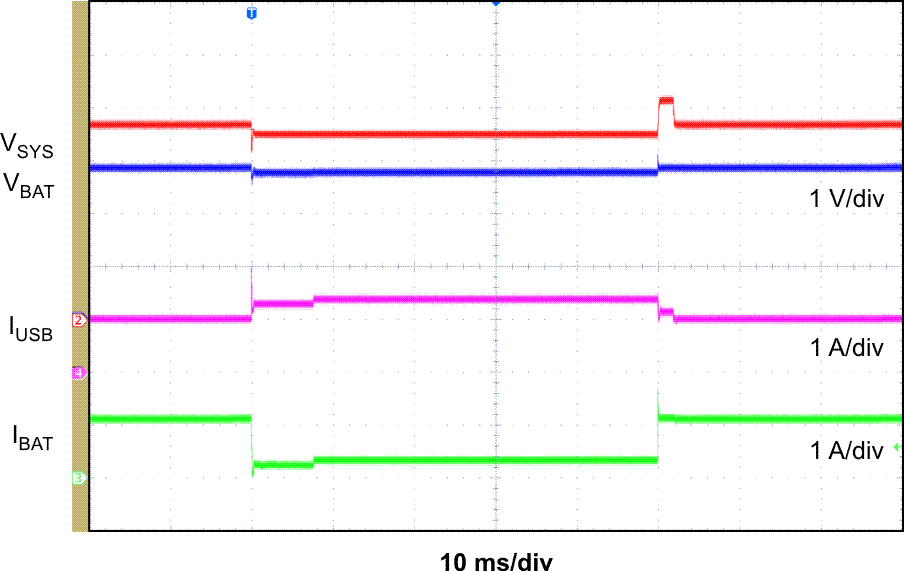Other Parts Discussed in Thread: BQ24261M, , CC3100MOD, BQ24160, BQ24168
Hello,
I have set the registers for 4.2 V operation. A lot of times the Battery OVP (overvoltage error occurs).
I would like to know at which battery voltage level the Charger IC quits draining the battery.
And when (if) it finally stops showing the error due to draining, will the charger IC then resume normal charging?
Is there any way to stop the draining when I detect the Battery OVP? I would like to enter a state equal to charge done in order not to drain the battery..
HC


